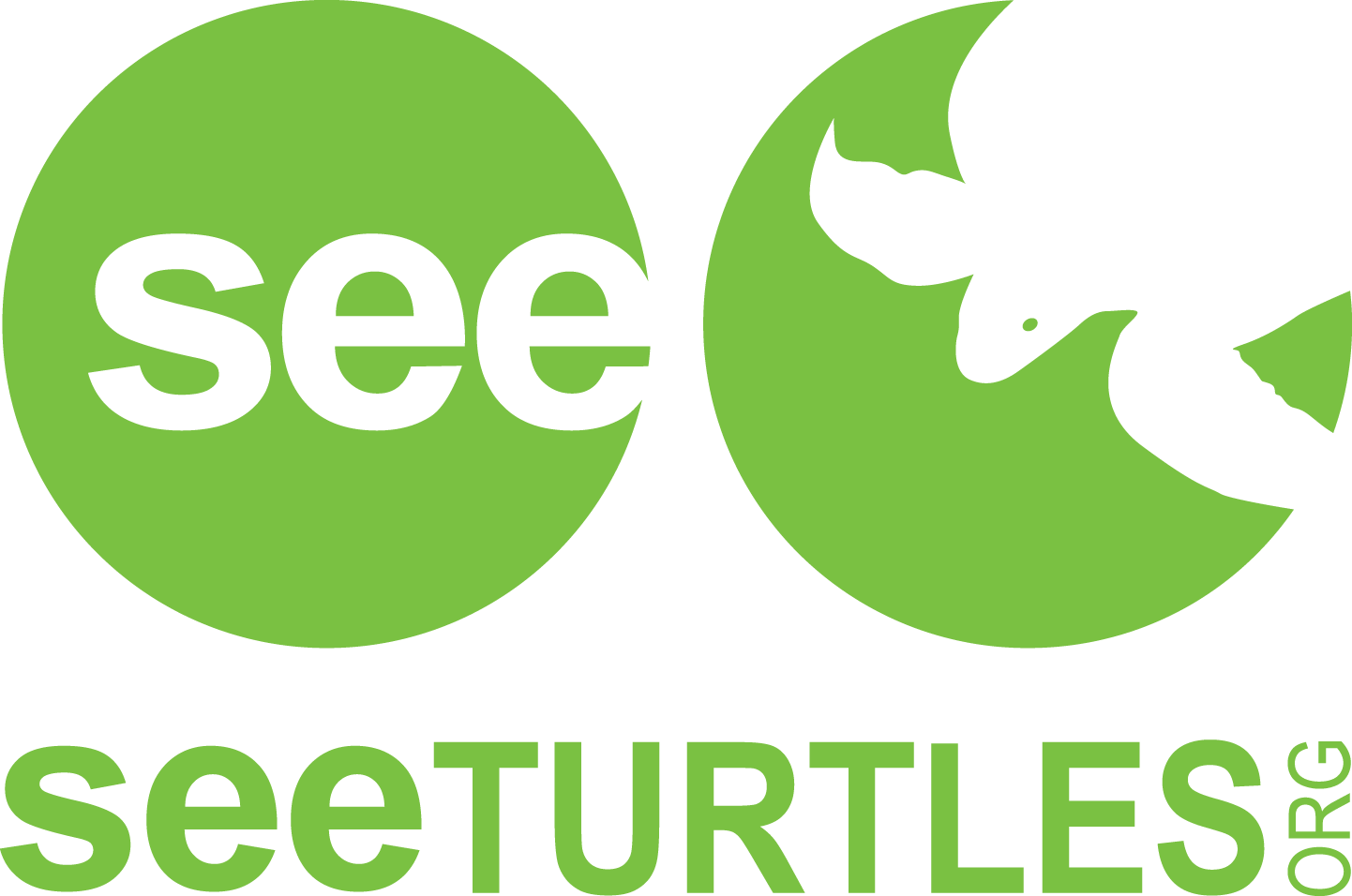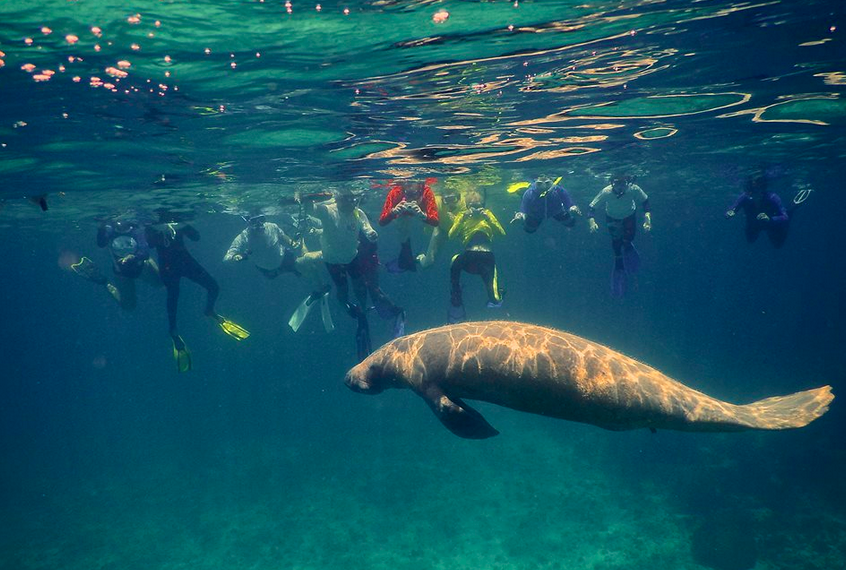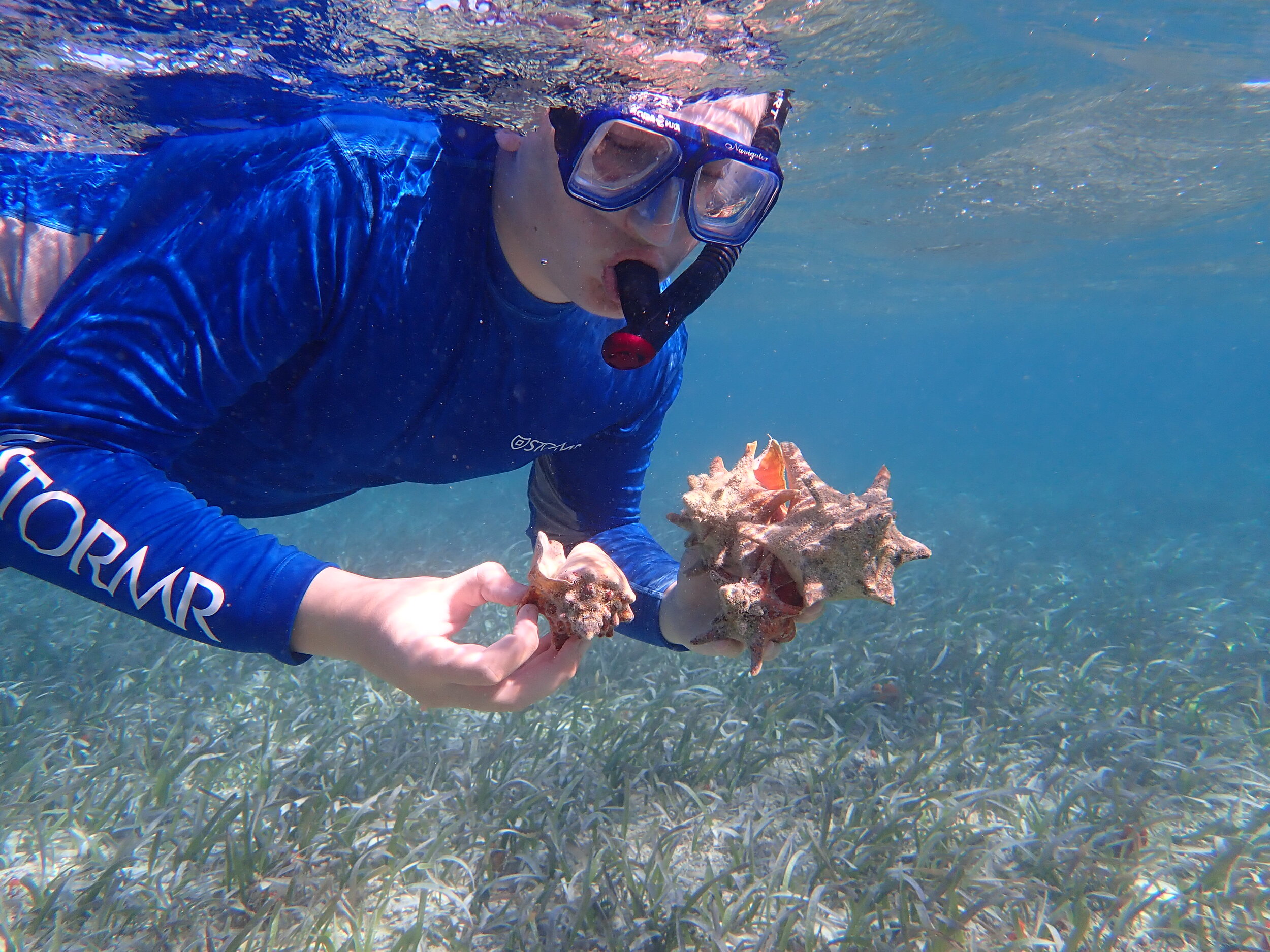Belize Snorkeling
The small Central American country of Belize is one of the world’s best destinations to snorkel. With it’s crystal blue waters, abundant ocean wildlife, and accessible sites, the waters of Belize are a paradise for snorkelers. The Belize Barrier Reef is part of the Mesoamerican Barrier Reef, which is one of the largest in the world, and a huge variety of fish, corals, and wildlife can be found in these waters.
Good Spots To Snorkel
There is no end to the great Belize snorkeling spots you can explore. Some of the highlights include:
Hol Chan Marine Reserve: Located near Ambergris Caye and Caye Caulker, this marine protected area comprises about 4,500 acres of coral reef, seagrass, and mangroves. Highlights include an area called “Shark Ray Alley” where you can snorkel with nurse sharks (which aren’t aggressive), though we don’t recommend feeding them as some tour boats will do to attract them. You can also find green turtles eating the seagrass, loggerhead turtles feeding on discarded lobster heads from fishermen, manatees, and more.
Gallows Point Reef: A five mile section of the barrier reef that is about 10 miles east of Belize City, near St. George’s Caye. This reef is home to reefs and seagrass beds and are important habitat for sea turtles. Our partner EcoMar has been doing snorkel surveys of this reef since 2009, looking for juvenile, sub-adult, and adult sea turtles, including hawksbills, loggerheads, and green turtles. Learn more about Gallows Point.
Lighthouse Reef: Located on the outer edge on the barrier reef, this atoll is the easternmost in the country. The atoll is about 22 miles long and is one of the healthiest and least developed in the entire Caribbean. The most well-known spot at Lighthouse is the Great Blue Hole, though this is primarily known as a spot for SCUBA diving. There are a number of cayes that make up this reef and wildlife found here include 3 species of sea turtles, crocodiles, and many species of birds and fish.
Belize Ocean Wildlife
These waters are some of the best habitat in the world for ocean wildlife. Some of the fascinating creatures you can find while snorkeling here include:
Sea Turtles: Coral reefs are great spots to find hawksbill sea turtles, who consume sea sponges found around the reefs. You can also find green sea turtles feeding on seagrass beds and loggerhead turtles, who consume crustaceans like lobsters, urchins, and crabs.
Manatees: In Belize, you can find the Antillean manatee, which is a sub-species of the West Indian Manatee. The country is home to the world’s largest population of Antillean manatees. They can be found near the mouth of the Belize River, in Hol Chan and Gallows Point, around St. George’s Caye, and other spots.
Dolphins: The primary species found here is the bottlenose dolphin, the most common in the world. They can be found in Lighthouse Reef, Turneffe Atoll, Glover’s Reef, and many other spots.
Snorkeling Tips For Belize
Don’t forget to take these precautions to protect yourself and the flora and fauna you are observing:
Use reef-safe sunscreen that are mineral-based and do not contain contaminants like oxybenzone, nanoparticles, octinoxate, or other toxic chemicals (or just use a swim shirt). Learn more here.
Never touch, feed, or harass wildlife while snorkeling. That includes chasing them or putting cameras in their faces, which can stress them out.
Avoid stepping on coral to stand; that can damage or kill it.
Learn more tips at Divers For Turtles.
What is see turtles
SEE Turtles is an award-winning conservation non-profit that supports efforts to protect these animals around the world. We have saved millions of hatchlings through our Billion Baby Turtles program, work to end demand for tortoiseshell products through our Too Rare To Wear campaign, and connect people with sea turtle projects through our Conservation Tours. Learn more about SEE Turtles.
To learn more about Belize snorkeling, contact us.
All photos are credited to ECOMAR.





